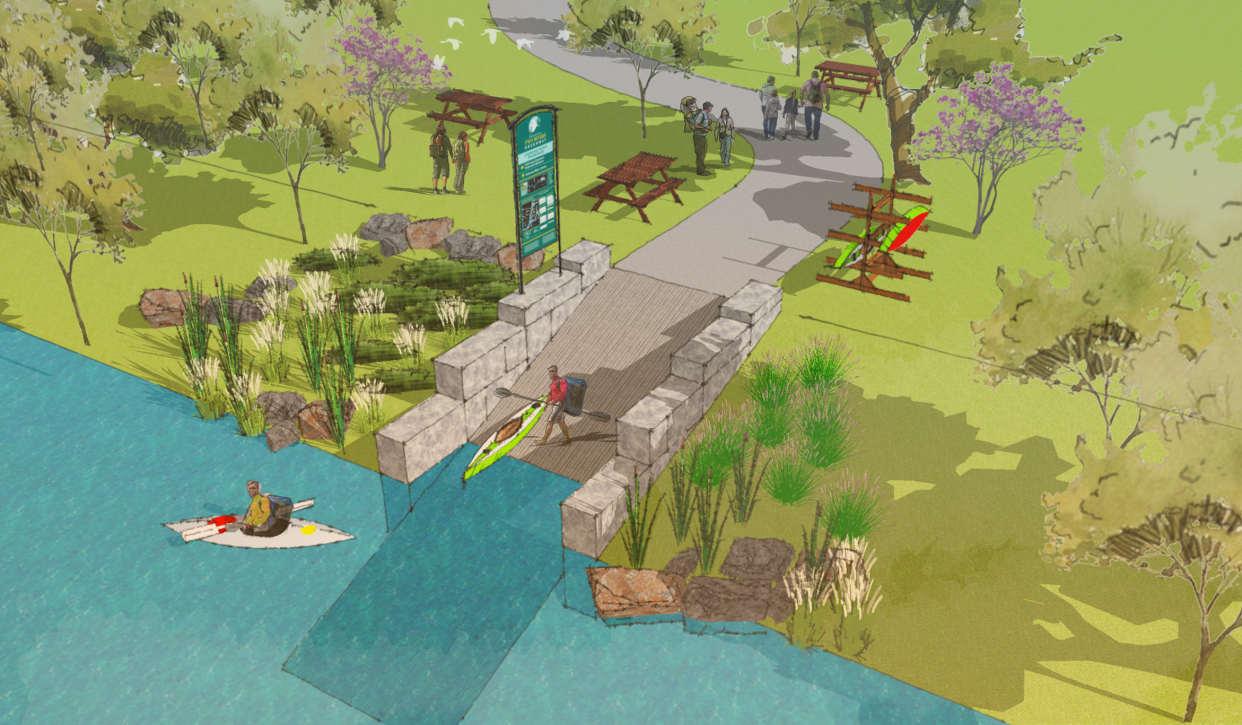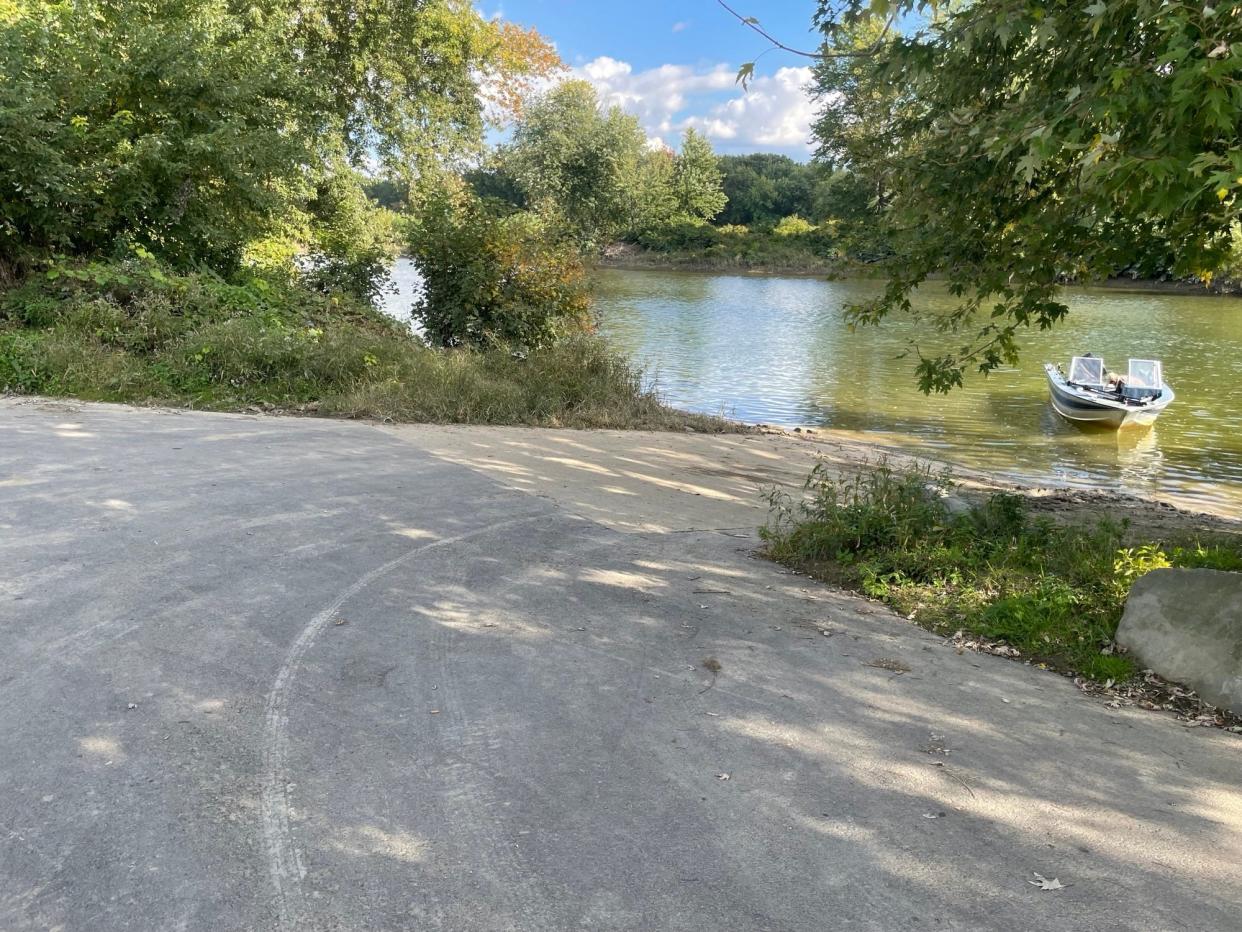Broome County shares Waterfront Revitalization Strategy, new plans for municipalities
Local waterways allow for some fun activities, and can be beautiful parts of a landscape. According to members of Broome County's Planning and Economic Development Department, however, they can offer much more than that — they can become linchpins for entire communities.
Members of the department recently presented the Broome County Local Waterfront Revitalization Strategy, which presents comprehensive frameworks for how municipalities in the county can make the best use of their waterways based on a years-long study.
Proposals differ between municipalities, but collectively aim to create a beautiful landscape which offers a variety of activities through riverfront access and boosts economies, all while remaining ecologically sound.
Broome County Local Waterfront Revitalization Strategy
In Broome County, designated inland waterways consist of the Chenango River, Delaware River, Nanticoke Creek, Susquehanna River and Tioughnioga River. Overall, the four-year study covered over 42,000 acres, with nearly 5,000 of those being water areas.
More: VINES receives $100,000 grant to expand Grow Binghamton Youth Program
While waterfront revitalization focuses both on waterways and land areas in order to create a comprehensive update plan, the county also shared a Blueway Plan, which focused specifically on water access and use.
Proposed improvements from both plans include more public areas to access water, improvements to existing trails, the creation of new trails and connections between downtown areas and waterfronts, among many other potential projects.

According to Beth Lucas, Director of the Planning and Economic Development Department, sharing the strategy is the first step toward successful waterfront revitalization.
"What we try to do during the planning process is to look holistically at our water resources throughout the county so that we can best figure out where we have assets we want to enhance or promote," said Lucas. "This is the first step where we are trying to say, 'These are projects that are a good idea, and will make best use of our waterways.'"
When will waterfront revitalization take place?
Based on responses from municipalities and interest from the county, the next steps of the project are to do a deeper dive on specific plans which garner interest. Ultimately, plans shared with municipalities will likely be tweaked and reworked to fit the needs and means of a specific area upon consultation with local government.
After interest is shown, and plans are revised to fit the needs of a municipality, the next step comes in the form of seeking state and federal funding. Receiving grants allows municipalities to fund waterfront projects without taking too much money away from critical development and maintenance in other areas. According to Lucas, the process takes some time, meaning any plans approved soon would likely not begin until next year.
"Having projects in this plan opens us up to get state and federal funding so we can get grants to hopefully move things along more quickly," said Lucas.
Earlier this year, a $2.6 million local waterfront grant from New York State was used to extend a trail system in Endicott, allowing for the connection of Roundtop Picnic Area to the soon-to-be revamped Grippen Park. According to Lucas, this is just one example of a successful waterfront revitalization program in the county.

Lucas said one of the first steps in successful revitalization of local waterways is simply sharing information with communities.
"In this area, you have the issue of a lot of people not knowing you can even kayak on the river, or knowing if it's safe or clean," said Lucas. "In putting the information out there, and helping people figure it out, you are building support for these projects that are more permanent and expensive, because you are getting that critical mass of people interested in utilizing the areas."
This article originally appeared on Binghamton Press & Sun-Bulletin: Broome County looks for opportunities to improve, upgrade waterways
